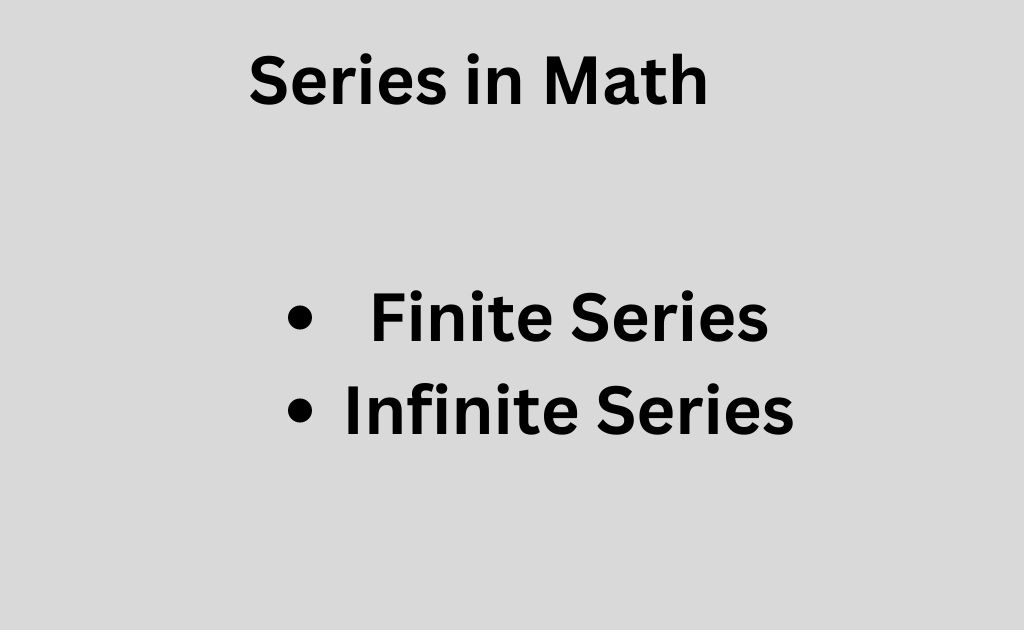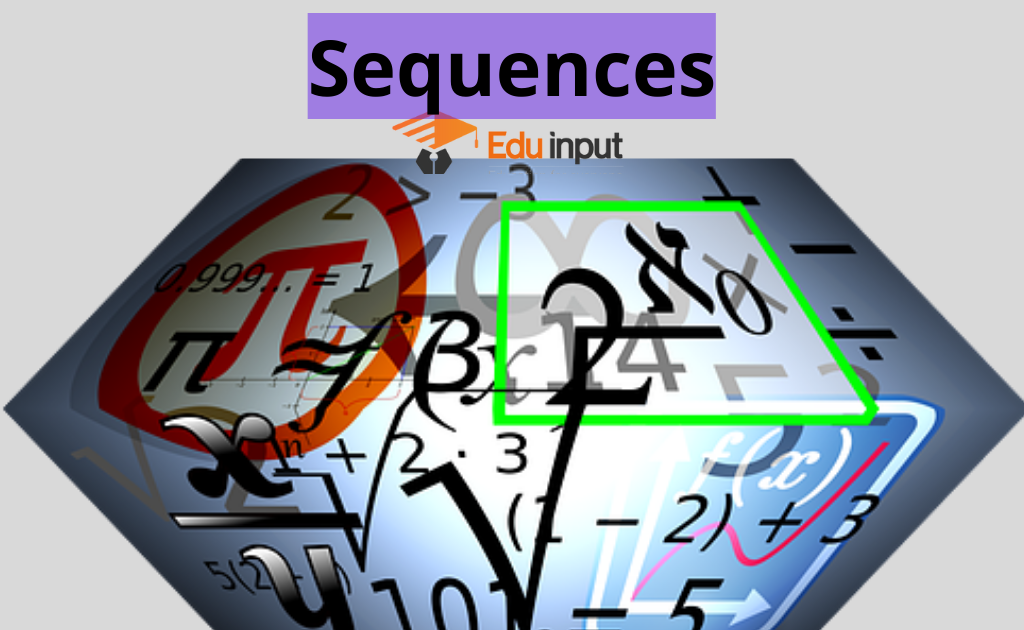What is a Sequence in Math
In mathematics, a sequence is a list of numbers or objects that follow a particular pattern or rule. Each element in a sequence is identified by its position, in the sequence. In mathematics, sequences can be classified based on the number of terms they have. There are three types of sequences: finite, infinite, and real sequences.
Define a Sequence
A sequence is a function whose domain is a subset of the set of natural numbers.
OR
A sequence is an arrangement of numbers, symbols, or objects that follow a certain pattern or rule
In mathematics, sequences can be classified based on the number of terms they have.
There are three types of sequences:
- Finite sequence,
- Infinite sequence
- Real sequences
Define a finite sequence
A finite sequence is a sequence that has a fixed number of terms.
For example,
{1, 2, 3, 4, 5} is a finite sequence of five terms.
Define an Infinite sequence
An infinite sequence is a sequence that has an infinite number of terms.
For example,
{1, 2, 3, 4, 5, …} is an infinite sequence that continues indefinitely.
What is a Real sequence?
A real sequence is a sequence whose terms are real numbers.
For example,
{1, 1/2, 1/3, 1/4, …} is a real sequence of infinitely many real terms.
Here are some examples of each type of sequence:
Finite sequence: {4, 6, 8, 10} is a finite sequence of four terms.
Infinite sequence: {2, 4, 6, 8, …} is an infinite sequence of even numbers.
Real sequence: {1, 1/2, 1/3, 1/4, …} is a real sequence of infinitely many real terms, where each term is the reciprocal of a natural number.
Note that a sequence can belong to more than one category. For example, the sequence {1, 2, 3, 4, 5} is both a finite sequence and a real sequence. Similarly, the sequence {2, 4, 6, 8, …} is both an infinite sequence and a real sequence.
For example: write the first four-term of the following sequence if:
an=2n-3
Sol: Put n=1,2,3,4
n=1
a1=2(1)-3=2-3=-1
n=2
a2=2(2)-3=4-3=1
n=3
a3=2(3)-3=6-3=3
n=4
a4=2(4)-3=8-3=5
The first four terms are:
-1, 1, 3, 5.
Different types of sequences
Arithmetic sequence: In an arithmetic sequence, each term is obtained by adding a fixed constant value (called the common difference) to the preceding term. For example, the sequence 2, 5, 8, 11, 14, … is an arithmetic sequence with a common difference of 3.
Geometric sequence: In a geometric sequence, each term is obtained by multiplying the preceding term by a fixed constant value (called the common ratio). For example, the sequence 2, 6, 18, 54, 162, … is a geometric sequence with a common ratio of 3.
Harmonic sequence: In a harmonic sequence, each term is the reciprocal of a natural number. For example, the sequence 1, 1/2, 1/3, 1/4, 1/5, … is a harmonic sequence.
These are just a few examples of the many types of sequences that exist. In Class 11, students learn about sequences and series, including the concepts of convergence and divergence of sequences, arithmetic and geometric progression, and related formulas and applications.

 written by
written by 




Leave a Reply